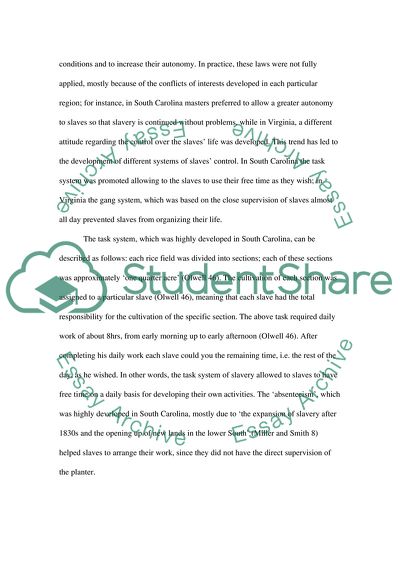Cite this document
(“Afro-American slavery Essay Example | Topics and Well Written Essays - 2250 words”, n.d.)
Afro-American slavery Essay Example | Topics and Well Written Essays - 2250 words. Retrieved from https://studentshare.org/history/1589843-afro-american-slavery
Afro-American slavery Essay Example | Topics and Well Written Essays - 2250 words. Retrieved from https://studentshare.org/history/1589843-afro-american-slavery
(Afro-American Slavery Essay Example | Topics and Well Written Essays - 2250 Words)
Afro-American Slavery Essay Example | Topics and Well Written Essays - 2250 Words. https://studentshare.org/history/1589843-afro-american-slavery.
Afro-American Slavery Essay Example | Topics and Well Written Essays - 2250 Words. https://studentshare.org/history/1589843-afro-american-slavery.
“Afro-American Slavery Essay Example | Topics and Well Written Essays - 2250 Words”, n.d. https://studentshare.org/history/1589843-afro-american-slavery.


